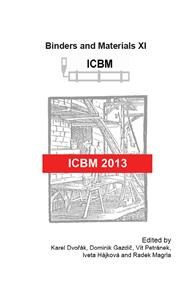p.149
p.153
p.157
p.161
p.165
p.171
p.176
p.180
p.184
Study of Cement Composites Properties with Filler Based on Wood Pulp
Abstract:
Sustainable building materials are based on the use of renewable materials instead of non-renewable. A large group of renewable raw materials are materials of plant origin containing cellulosic fibres which are used as filler into building material with reinforcement function of composite. This study aimed to establish the mechanical and physical properties of cement composites with organic filler, such as wood pulp. Pulp derived from wood pulping process is very interesting material as reinforcement in cement which contributes to a reduction of pollutants. In this paper, utilization of unbleached and bleached wood pulp in combination with cement matrix with emphasis on the physical and mechanical properties is studied. Varying the producing technology (wood pulp and cement ratio in mixture) it is possible to obtain composites with density from 940 to 1260 kg.m-3 and with compressive strength from 1.02 to 5.44 MPa after 28 days of hardening. The experimental results of mechanical properties indicate that cement composites with using unbleached wood pulp reaches higher values than composites based on bleached wood pulp. The percentage of water uptake increased with increasing the volume ratio of unbleached wood pulp in composite.
Info:
Periodical:
Pages:
165-170
Citation:
Online since:
February 2014
Authors:
Price:
Сopyright:
© 2014 Trans Tech Publications Ltd. All Rights Reserved
Share:
Citation:


